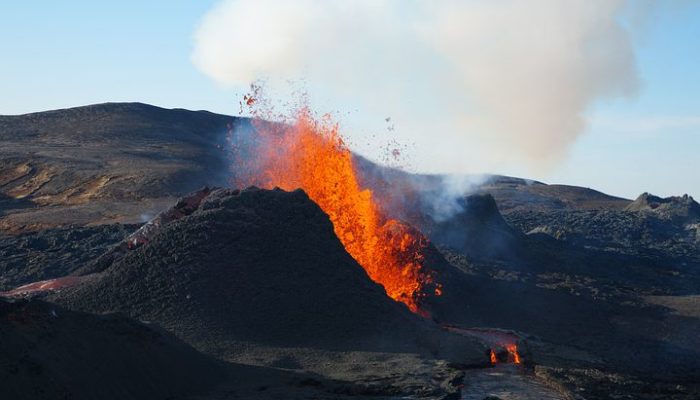
GMPV and The Sustainable Development Goals
In 2015 all United Nations Member States adopted a set of Global Goals, as a universal call to protect our planet, end poverty and ensure that all people can enjoy peace and prosperity. These are called the Sustainable Development Goals – 17 integrated goals aimed at addressing the challenges our society is currently facing considering social, economic, and environmental sustainability.
From decarbonization, to disaster risk reduction and natural resources, geoscience and geoscientists can play a key role in achieving these goals. This blog series will explore how geoscientists, and in particular Geochemists, Mineralogists, Petrologists and Volcanologists, fit into this framework.
Geohazards
Previous blog posts in the series focussed on mineral resources and sustainable mining, geothermal energy, and carbon capture and storage. This blog will look at volcanic monitoring and volcanic hazards, guided by our conversation with Dr. Kendra J. Lynn – Research Geologist at the US Geological Survey’s Hawaiian Volcano Observatory.
From Sustainable Cities and Communities (SDG 11), to Life on Land (SDG 15) and No Poverty (SDG 1), geohazards mitigation is a central theme to not only the UN’s Sustainable Development Goals Agenda, but to the Sendai Framework for Disaster Risk Reduction (read more here), and New Urban Agenda as well.
Approximately 800 million people live close to and are affected by active volcanoes. The recent and ongoing eruption of Cumbre Vieja, La Palma, has already altered the landscape of around 6 sq. kilometres, and destroyed over 1000 buildings. This has once again shed light on the destructive nature of volcanoes, and the short and long term impact they can have on society.
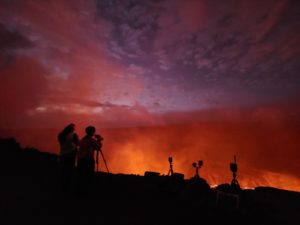
U.S. Geological Survey geologists make measurements of the rising lava lake in Halema‘uma‘u crater at the summit of Kīlauea volcano (HI) on the evening of 29 September 2021, shortly after the start of the ongoing eruption. USGS Photo: K. Lynn. Public Domain.
It is one of the goals of volcanological research to improve our understanding of underlying magmatic processes to help the assessment of hazards imposed by volcanic eruptions. But in order to be accurate, long term volcanic forecasting requires detailed knowledge of past volcanic activity.
Volcano Observatories around the globe work on monitoring and researching volcanoes, providing information on volcanic status, any warning of volcanic activity, as well as contributing to our understanding of current and past volcanism.
Volcano observatories also have the important role of assessing hazards, disseminating information and to work with the public and policymakers to prepare for volcanic eruptions.
So how can GMPV researchers help?
The products of volcanic eruptions are the final result of a variety of processes, and it is one of the challenges of modern volcanology to unravel the history of these products to better understand magma plumbing systems underlying volcanic centres and provide a strong basis for volcanic hazard assessment.
Kendra’s research focuses on the timescales of geologic processes operating in Earth’s mantle and volcanic systems, from the generation of magma during melting to its eruption, and talking about her role at the USGS Hawaiian Volcano Observatory, she tell us: “I strive to understand the timing of pre-eruptive magma transport at Kīlauea and Mauna Loa, with the goal of better characterizing the long-term evolution of the plumbing systems at these volcanoes”.
With a BSc in Geology from Winona State University, Dr. Lynn moved to the University of Hawai‘i at Mānoa for her PhD, researching the chemistry and zoning of olivine to better understand magmatic processes at Hawaiian Volcanoes. “Most of my work focused on using diffusion chronometry of major, minor, and trace elements in olivine to characterize magma storage and transport for Kīlauea’s explosive Keanakāko’i Tephra period (1500-1820’s CE)”, explains Kendra.
Understanding processes occurring during magma shallow storage in the crust is a critical aspect for characterising the composition and the eruptive behaviour of a volcano.
As they grow, magmatic crystals record information on their surrounding environment. Zoned crystals can therefore store a detailed history of the conditions they have been stored in and the processes that have occurred.
Mineralogists and petrologists started recognising fine scale heterogeneities in crystals thanks to the advent of polarised microscopy in the 19th century and since then the interpretation of crystals and mineral zoning patterns has developed. Enhanced micro-textural studies have allowed us to recognise different types of features developing during the growth and dissolution of crystals, which in turn can help us understand relationships between crystal textures and magmatic processes. Recent developments in analytical methods and instruments have also given the possibility to analyse crystal cargoes and acquire higher precision data allowing us to measure isotopic and geochemical signatures on the scale of individual crystals. Integrated geochemical data to textures and zoning patterns can help us to understand a large range of magmatic processes such as fractionation, degassing, magma mixing and storage and ascent in the crust, and allow us to extract valuable information to quantify and characterize magmatic processes.
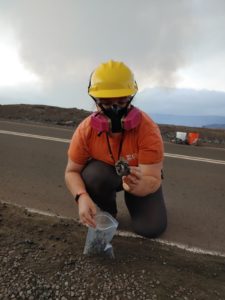
Hawaiian Volcano Observatory Research Geologist Kendra J. Lynn collects a sample of tephra from the recent eruption within Halema’uma’u, at Kīlauea’s summit. Geochemical analyses of these eruption products will provide information about magma storage prior to the eruption. USGS Photo: J. Schmith, Public Domain.
After her PhD, Dr. Lynn “took a deep dive into upper mantle realms at mid ocean ridges” working as a postdoctoral researcher at the University of Delaware and as a Research Associate with the Smithsonian National Museum of Natural History. During this time, her research focussed on “hydrogen diffusion to explore the timescales over which water contents of olivine, clinopyroxene, and orthopyroxene are reset in peridotites”.
“At a crossroads on the job market in 2020, I was drawn toward working at HVO for three reasons: 1) because I really wanted to work as part of team, 2) I really wanted to do interdisciplinary research, and 3) I was really excited about transforming diffusion chronometry into a tool that could help assess volcano behavior in a way that might contribute to forecasts and assessments of hazard and risk at volcanic centers around the globe.” Kendra tells us.
“I think that my computer modeling skills in MATLAB and Python made me an attractive candidate, and the breadth of my analytical skills across many instruments showed that I was versatile in my approach to research questions. Ultimately, being able to talk about my experiences in the context of working with a diverse team was important, as well as showing that I could see how my work might support HVO’s mission: “…to monitor the active volcanoes in Hawai‘i, assesses their hazards, issues warnings, and advance scientific understanding to reduce impacts of volcanic eruptions”.”
Great challenges and opportunities
Over the past ten years or so, studies of magma storage regions have changed the traditional view of magma chambers as large, molten bodies of melt. The integration of geochemical and geophysical data with numerical models and field observations and measurements has provided new views into the evolution of magma storage regions and the inner (and outer) working of volcanoes.
Asking about the role that GMPV researchers can play in volcanic monitoring and hazard assessment, Kendra tells us “There is huge potential for geochemistry, mineralogy, and petrology to be leveraged in near-real-time during eruptions to better understand these dynamic events and possibly forecast changes for those that are sustained. Exploring the ways in which we can rapidly prepare samples for analysis, acquire data quickly without sacrificing accuracy and precision, and have ready-to-go models for assessing the results will advance our use of petrology/geochemistry as a monitoring tool, not just a reactionary tool (Re et al., 2021). The GMPV community has an opportunity to offer creative solutions to apply classic petrological methods to some of the shortest geologic timescales we deal with”.
Her vision for the future of GMPV in this field is truly interdisciplinary – reflecting on the great challenges and opportunities, Kendra wonders: “How can we leverage our datasets with physical volcanology, seismology, deformation, gas, and other fields to contribute the most complete understanding of complex volcanic systems?”.
Training students and early career scientists in truly cross-disciplinary research will break down traditional barriers and promote the idea that being a “volcano scientist” is better than a “petrologist” or “seismologist” alone.
Some Further Reading:
HVO Website: https://www.usgs.gov/observatories/hawaiian-volcano-observatory
Cashman, K.V., Sparks, S.R.J. (2014) How volcanoes work: A 25 year perspective. GSA Bulletin. 125: 664. doi: 10.1130/B30720.1
Costa, F., Coogan, L.A. & Chakraborty, S.(2010) The time scales of magma mixing and mingling involving primitive melts and melt–mush interaction at mid-ocean ridges. Contrib Mineral Petrol 159, 371–387. doi: 10.1007/s00410-009-0432-3
Druitt, T., Costa, F., Deloule, E. et al. (2012) Decadal to monthly timescales of magma transfer and reservoir growth at a caldera volcano. Nature. 482: 77. doi: 10.1038/nature10706
Lynn, K.J., Garcia, M.O., Shea, T. et al. (2017) Timescales of mixing and storage for Keanakāko‘i Tephra magmas (1500–1820 C.E.), Kīlauea Volcano, Hawai‘i. Contrib Mineral Petrol 172, 76 . doi: 10.1007/s00410-017-1395-4
Lynn KJ, Garcia MO and Shea T (2020) Phosphorus Coupling Obfuscates Lithium Geospeedometry in Olivine. Front. Earth Sci. 8:135. doi: 10.3389/feart.2020.00135
Petrone, C., Bugatti, G., Braschi, E. et al. (2016) Pre-eruptive magmatic processes re-timed using a non-isothermal approach to magma chamber dynamics. Nat Commun 7, 12946. doi: 10.1038/ncomms12946
Re, G., Corsaro, R.A., D'Oriano, C., Pompilio, M. (2021) Petrological monitoring of active volcanoes: A review of existing procedures to achieve best practices and operative protocols during eruptions. J Volcanol Geotherm. 419. doi: 10.1016/j.jvolgeores.2021.107365
Renjith, M.L. (2014) Micro-textures in plagioclase from 1994–1995 eruption, Barren Island Volcano: Evidence of dynamic magma plumbing system in the Andaman subduction zone. Geosci. Front. 5:113. doi: 10.1016/j.gsf.2013.03.006

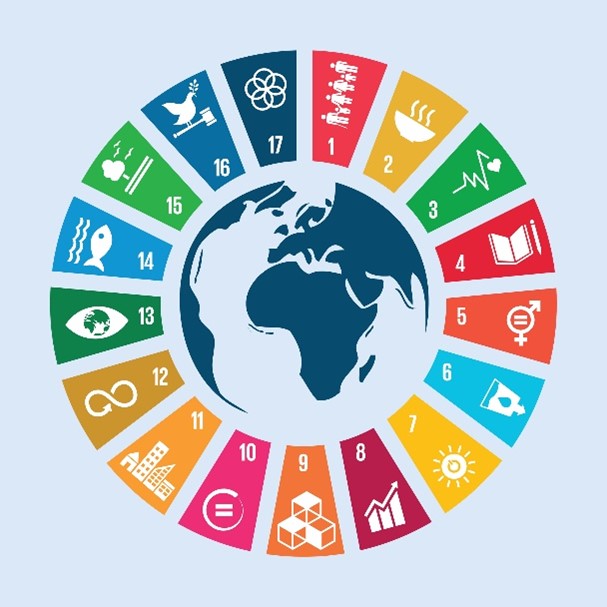
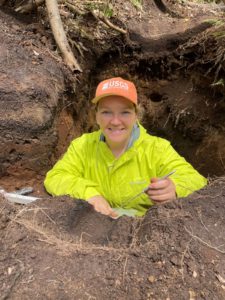
Victoria Corcimaru
Great post! Thank you!!!
Pingback: GeoLog | EGU’s Blog of the Year competition is back! Vote now for your favourite Division blog post of 2021